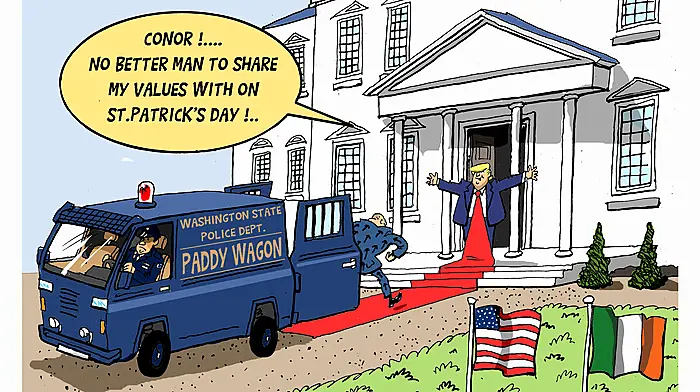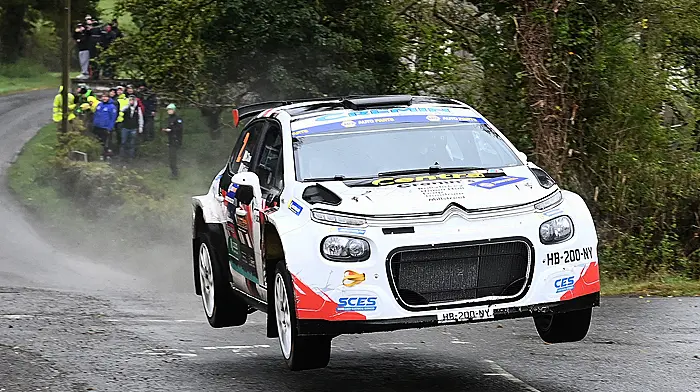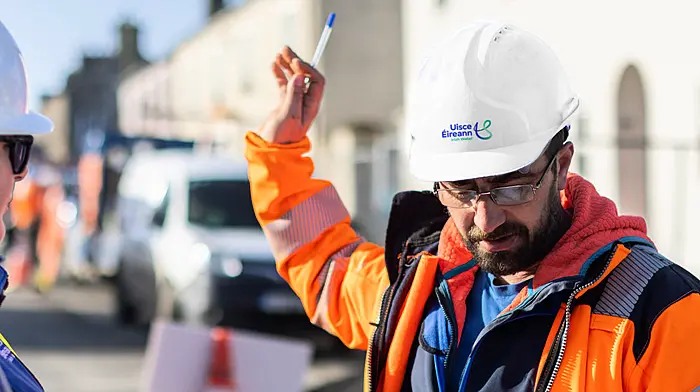BEFORE they went into battle, their leader Tom Barry prophetically emphasised to the youthful members of his relatively untrained flying column that the ambush in Kilmichael, this weekend 100 years ago, ‘would be a fight to the end, and would be vital not only for West Cork, but for the whole nation.’
According to Barry, ‘There was no plan for a retirement until the column marched away victoriously.’ This was a tall order for the IRA Volunteers who were quite ill-equipped by comparison with their foes, the heavily-armed and battle-hardened Auxiliaries, but the man who drilled the raw recruits in an intense period of just one week seemed satisfied, even though ‘they were mostly quite untrained,’ that ‘many appeared to be splendid natural fighters. They looked a fine body of the best type of Volunteers and, with some exceptions, lived up to this estimate afterwards.’
Only one of them had fought before, at the ambush at Toureen, Ballinhassig, a few weeks previously, and only three had been through camp training. However, the 36 riflemen were fast learners and Barry was reputed to have been a tough military disciplinarian, learned from his time with the British Army during World War I when he had been earmarked as officer material.
He stepped down from the rank of corporal and back to being a gunner as a form of protest against the brutal suppression of the 1916 Easter Rising in Dublin and the execution of its leaders, which happened when he was away in Mesopotamia (roughly Iraq now) during his stint with the British Army from 1915 to 1919. It was only really when Barry came back to West Cork after the so-called Great War that he started taking a keen interest in the struggle for Irish independence and managed to stay below the radar until 1920 when, as a 23-year-old, he took charge of training the flying columns that were part of the 3rd West Cork Brigade of the IRA.
All the while, the Auxiliaries were rampaging around West Cork terrorising and humiliating the local people while they sought to root out IRA Volunteers who were organising against them as the War of Independence gathered pace.
‘Bloody Sunday’ – November 21st, 1921 – saw the shooting dead of 14 civilians at a football challenge match between Dublin and Tipperary at Croke Park as a reprisal for the killing of 12 British intelligence officers across the capital city earlier that day by Michael Collins’ ruthless gang of assassins known as The Squad. Coincidentally, that evening the flying column that was to carry out the Kilmichael Ambush a week later was assembled north west of Dunmanway for training by Tom Barry.
The story of the ambush is well-documented and the controversy rages on as to whether there was a ‘false surrender’ in the course of the gun battle, which gave carte blanche to Barry and his men to keep firing until all the Auxiliaries were killed. Was it always his intention not to take any prisoners?
It is quite an emotive issue, especially for the relatives of those who fought at Kilmichael, and it has never been proven definitively that the ‘false surrender’ story was concocted by Barry to justify all the killings that day, which left three IRA men and 17 Auxiliaries dead.
The guerrilla warfare tactics conducted by Tom Barry and his flying columns certainly upped the ante in the War of Independence and their success in several other engagements, including Crossbarry the following March, eventually led to the British side suing for peace and to the Treaty of 1921, which in turn sparked off a bloody civil war in Ireland.
It is regrettable that, due to the coronavirus restrictions, no public commemoration of the centenary of the Kilmichael Ambush can be held this weekend, having taken place every year since 1932, which marked the 12th anniversary of this pivotal event in Irish history. Back in 1966 when the big stone monument was erected at the ambush site, many of the famous ‘Boys of Kilmichael’ were still alive and parading behind Tom Barry at commemorative events and people locally would have been familiar with these local heroes.
However, time inevitably caught up. Barry himself died in 1980 and the last of the survivors to pass away was Dunmanway man Ned Young in November 1989.
The coverage of the centenary of the event introduces a whole new generation that would not be familiar with it to the story of the ‘Boys of Kilmichael’ and, although they may not be given the same reverence as they received in the past, their significant contribution to the fight for Irish freedom during those turbulent and violent times should not be forgotten either.










